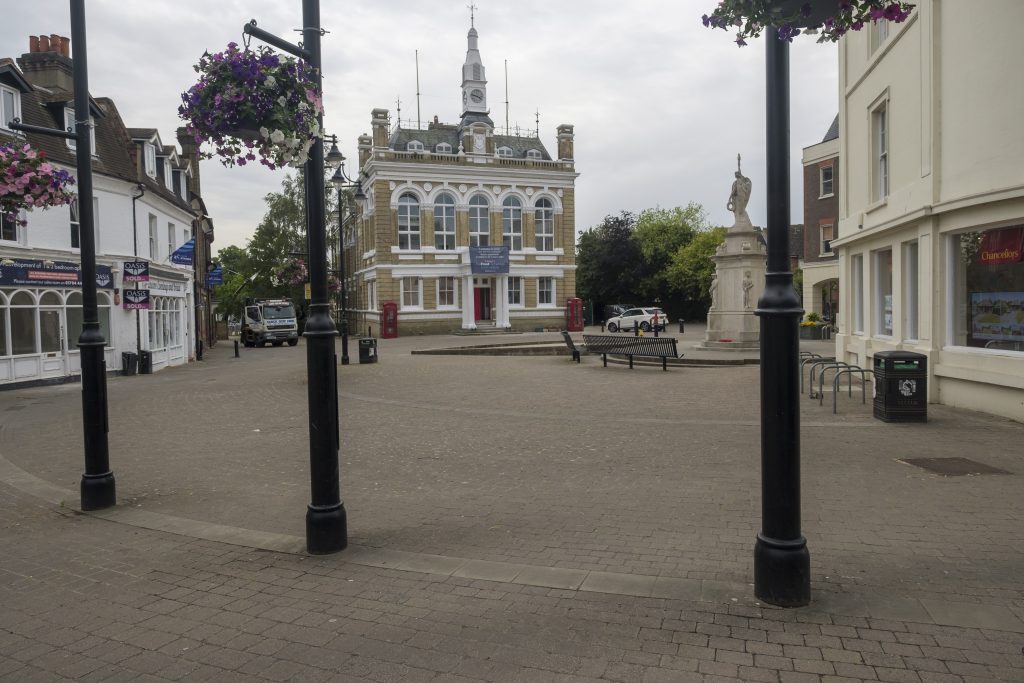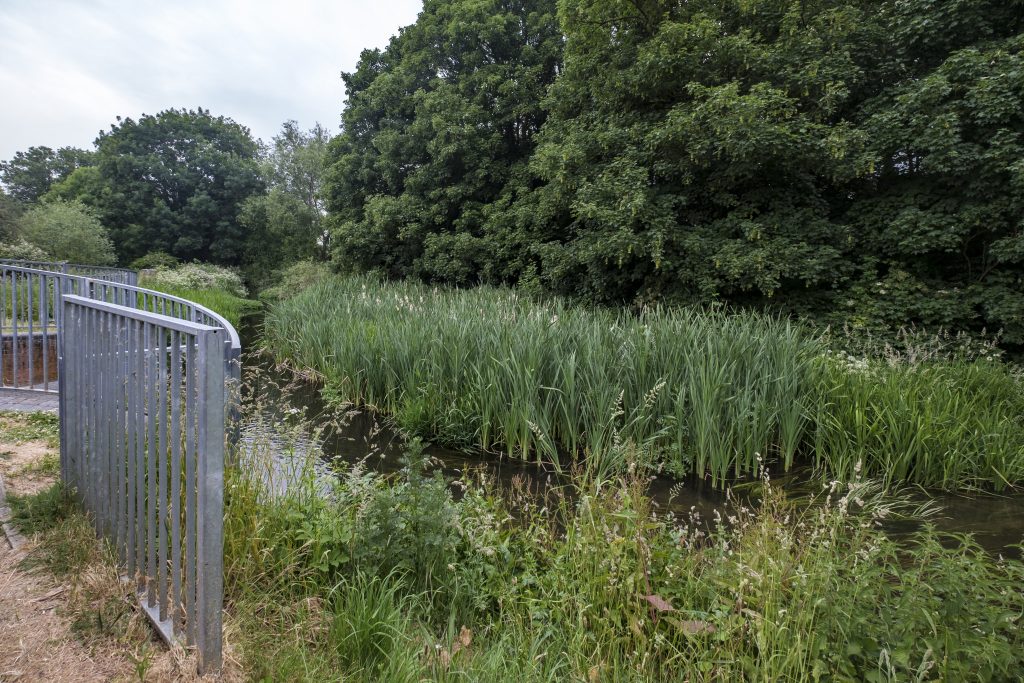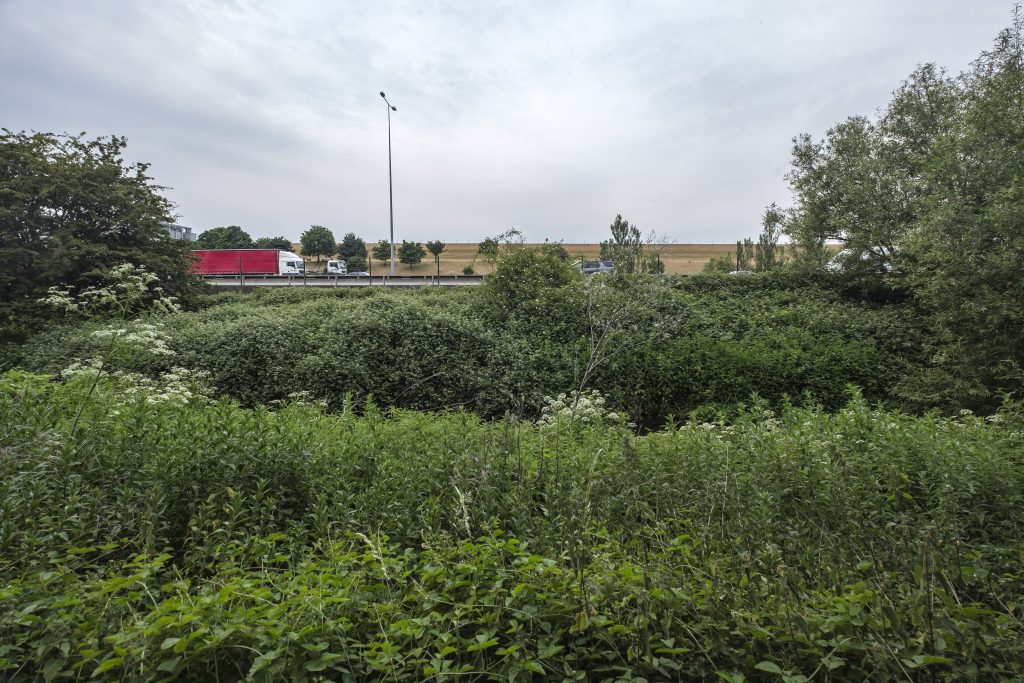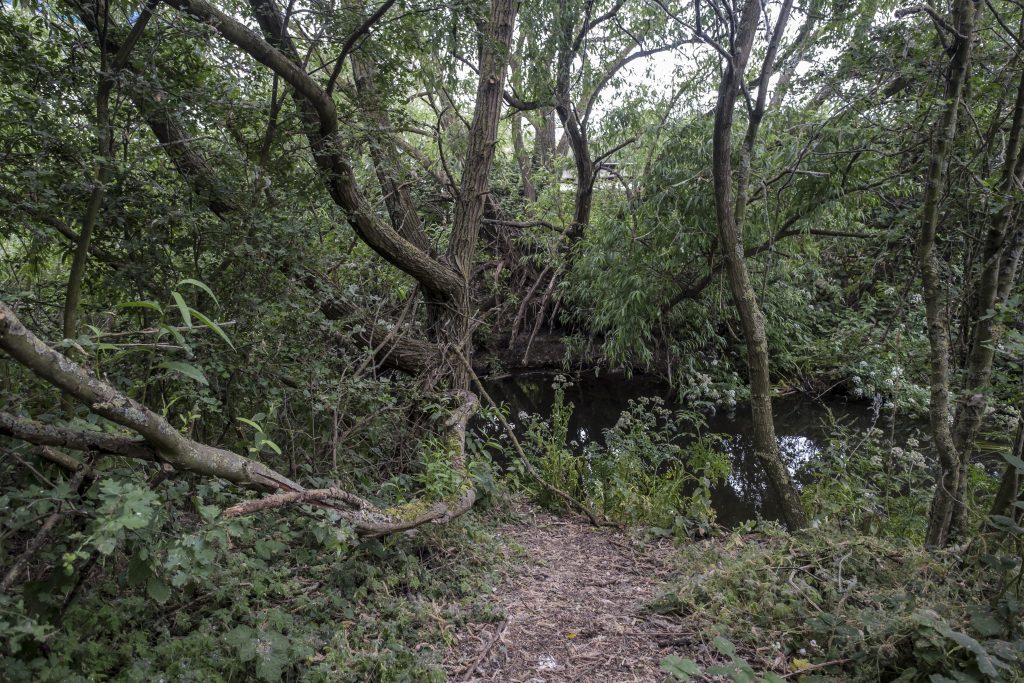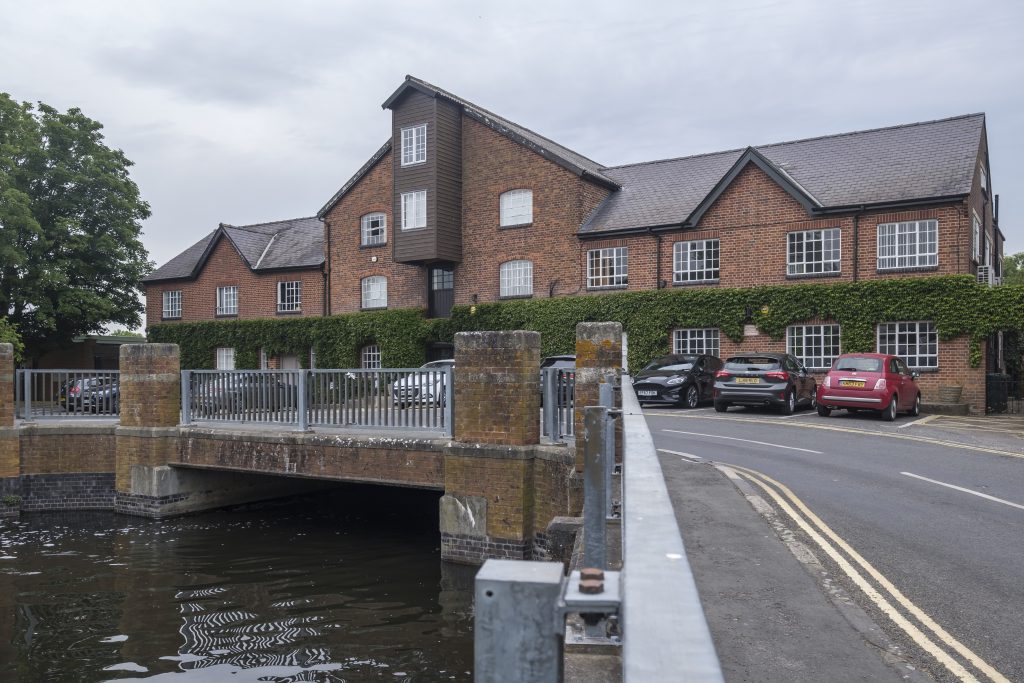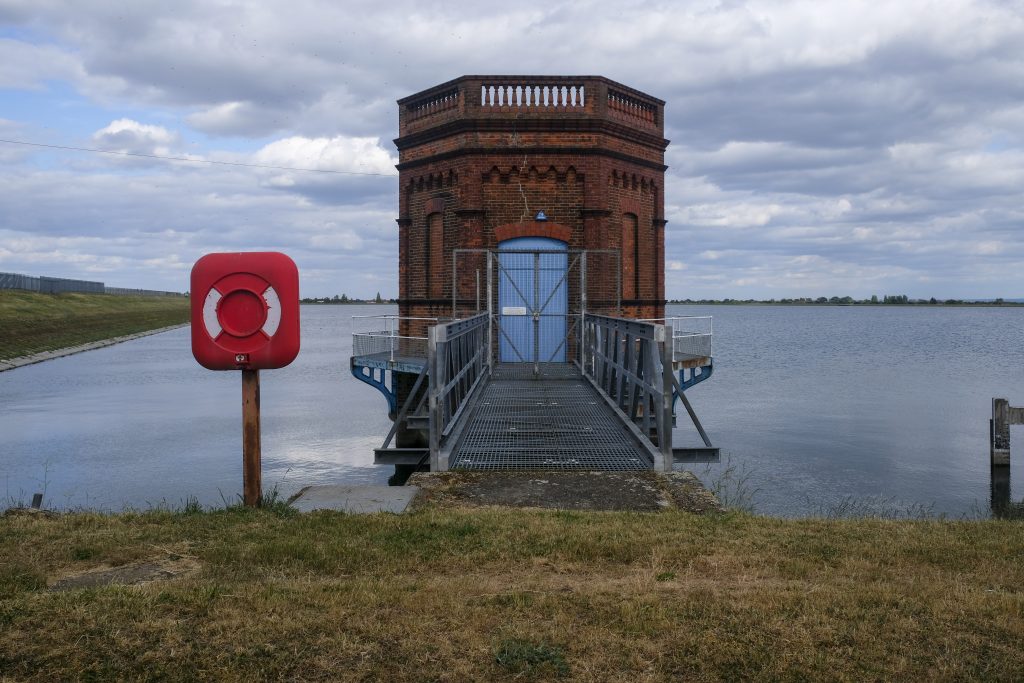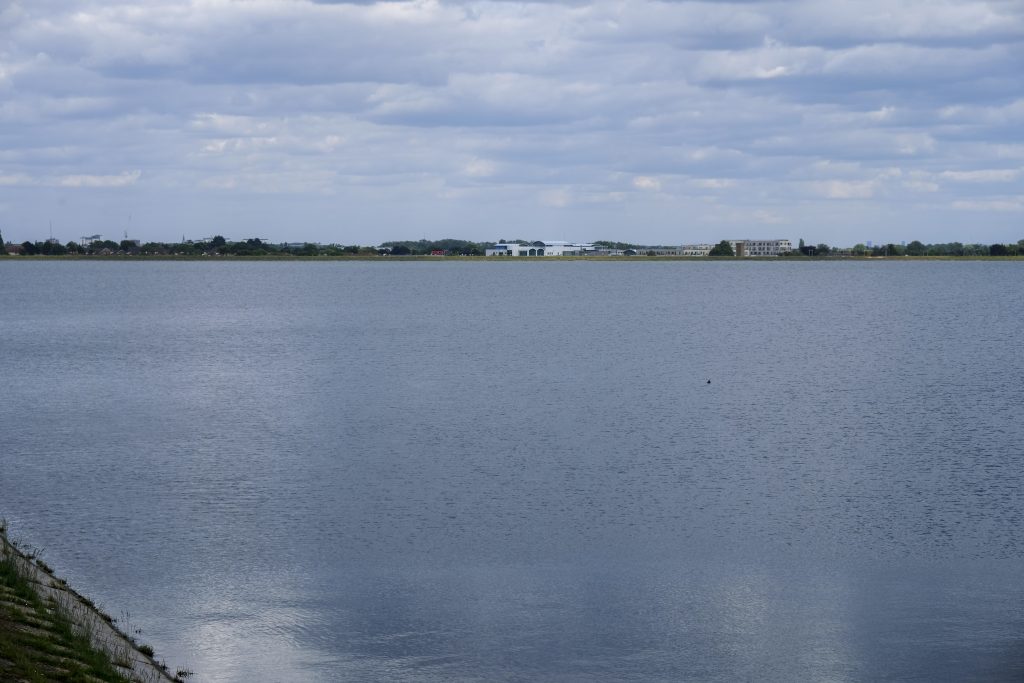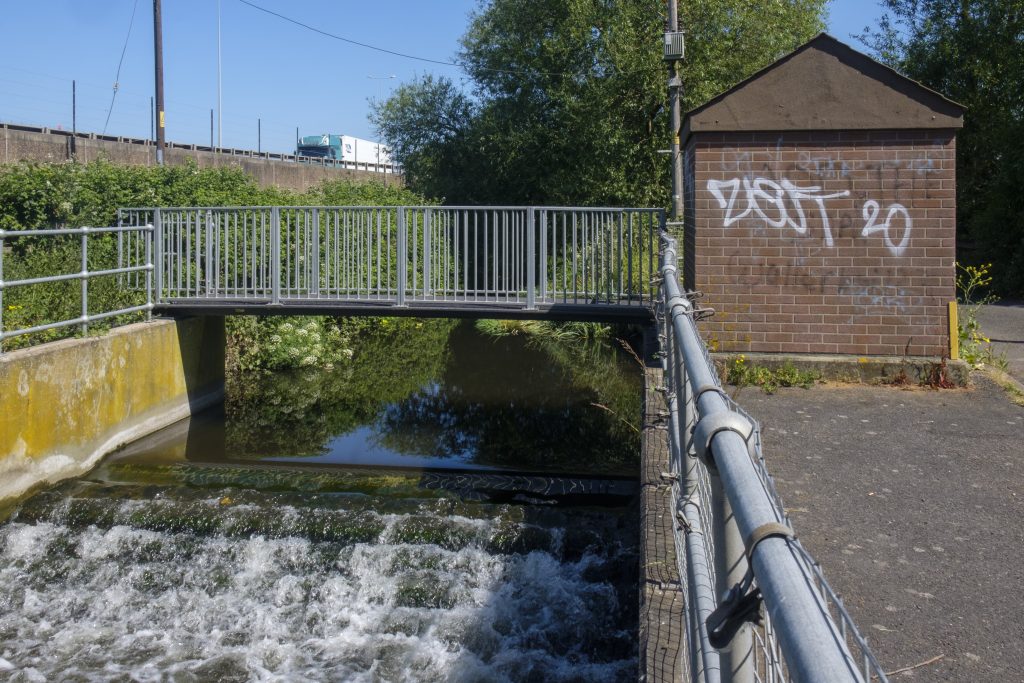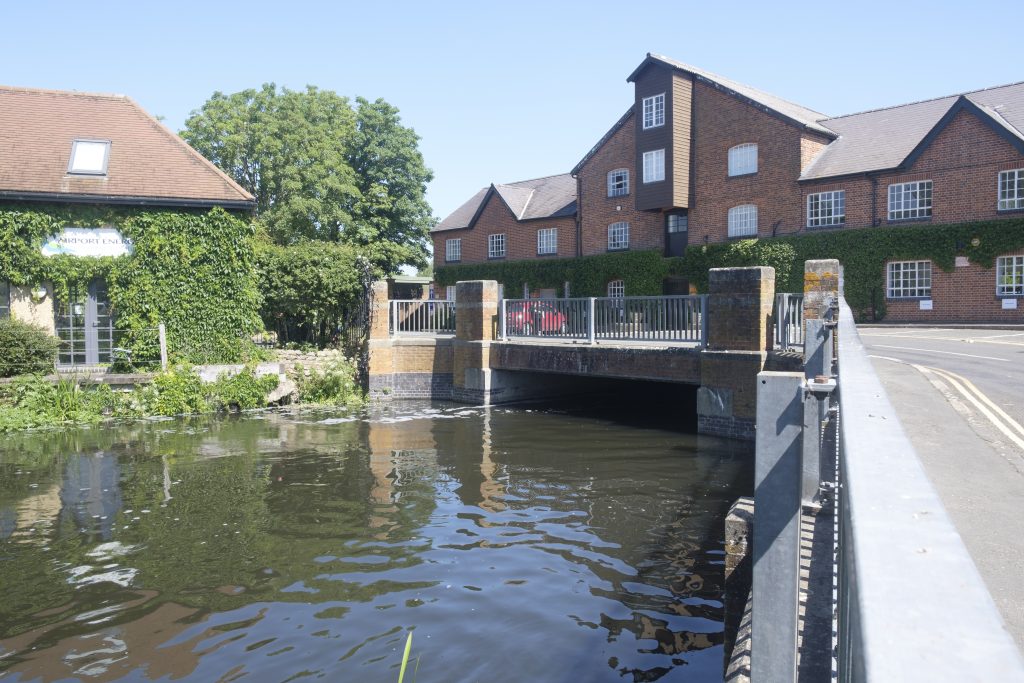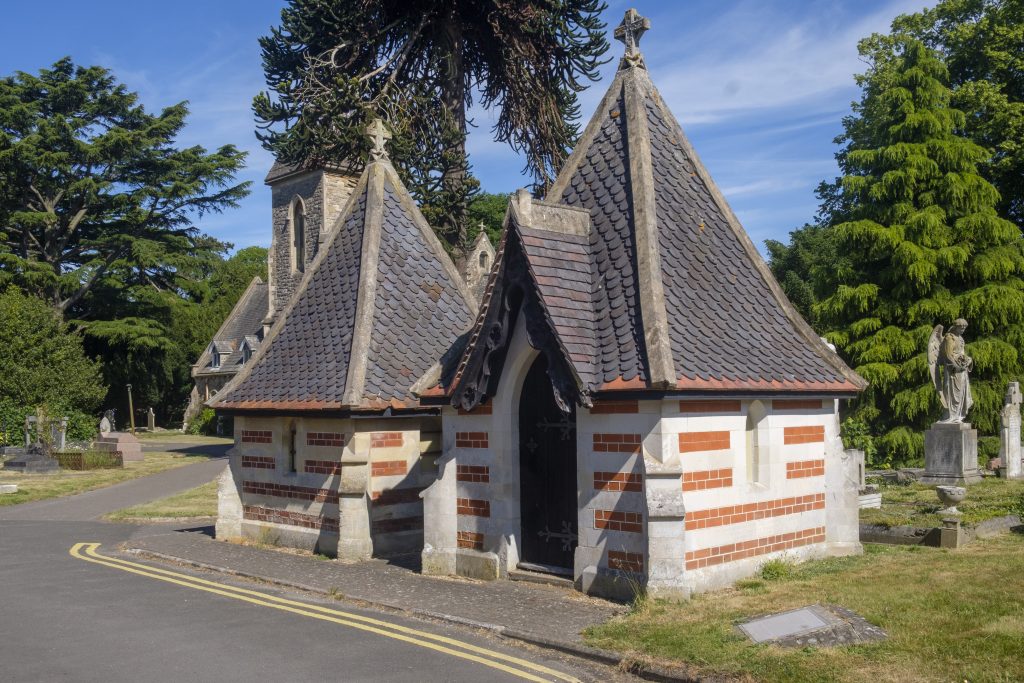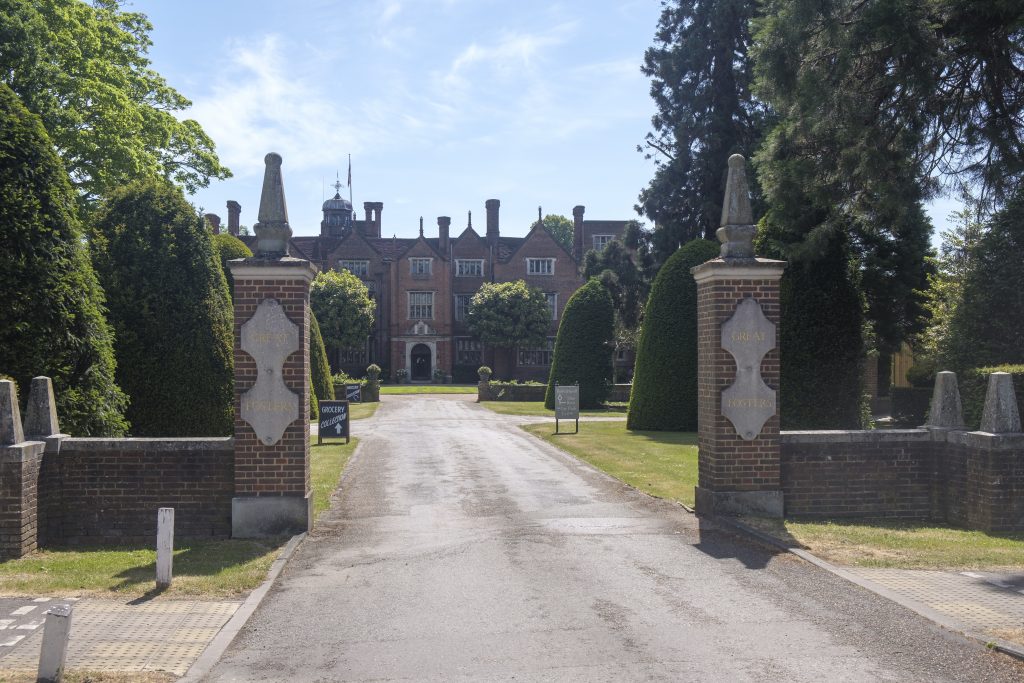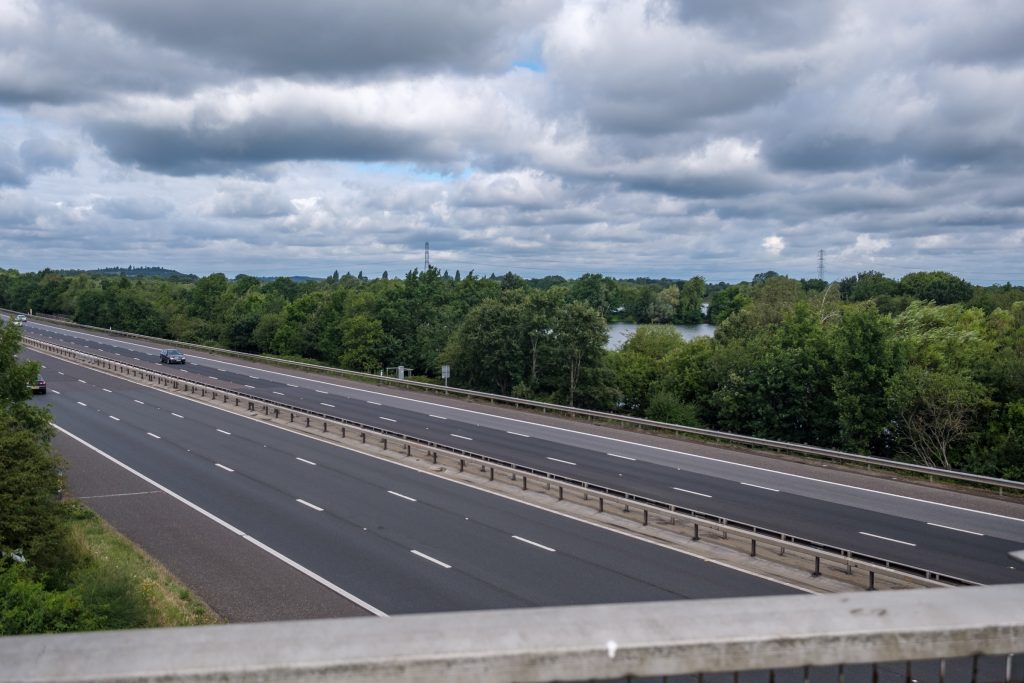
Every weekday for the past few months I’ve been having breakfast, washing and then getting on my bike for some exercise, riding around ten miles. I take a camera with me and sometimes stop a few times to take pictures which does slow me down a little. I don’t have Lycra and the roads around here are in pretty poor condition, and I sometimes ride on some rough paths, so my progress isn’t that fast, and the rides generally take me 40-50 minutes – an overall speed of 15-12 mph. The pictures here were taken on my rides in the first week of July.
At the start I of these rides was very short of breath, and thankful that this part of South-West Middlesex is extremely flat – one reason for siting Heathrow here. Even now, 4 months after I was ill in March, hills are still a problem if I ride across the river into neighbouring Surrey, though I’m now having to stop and rest fewer times on the way up. But I can now ride up the slopes to cross the motorways or railways without much difficulty.
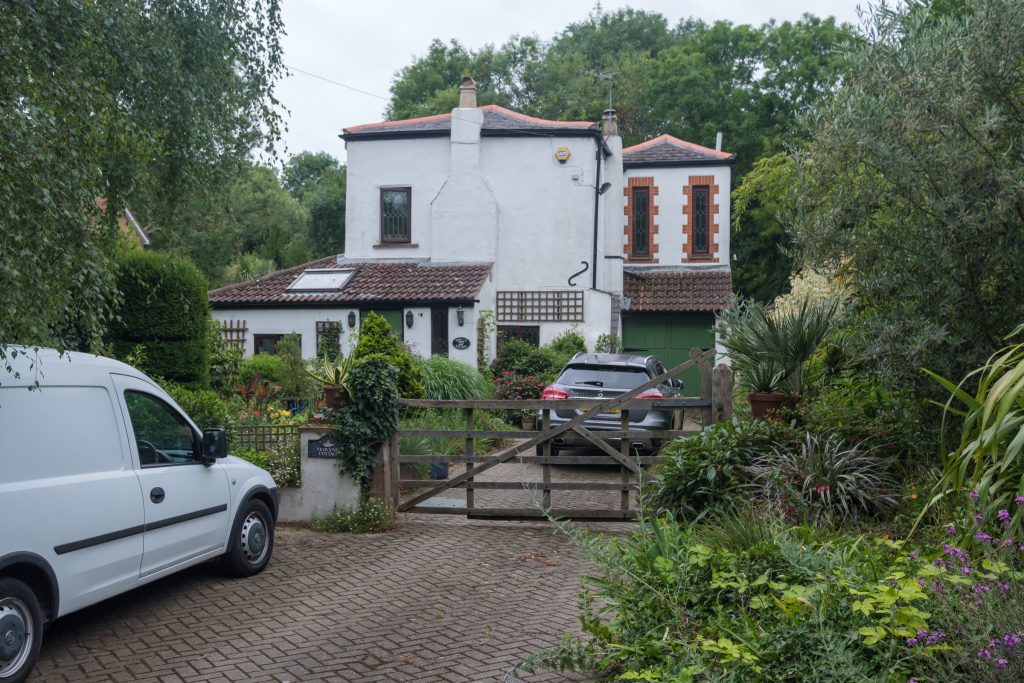
At the start the empty roads (apart from the many potholes and cracks) were bliss, but I arrived home exhausted. Now traffic even on the relatively quiet roads I mainly ride is something of a pain but I’ve got fitter and while I’m a little tired when I get home I’m not on my last legs. Cycling has definitely improved my fitness, but I haven’t lost a single pound.
So while I’m pleased that the government is encouraging cycling, and I’m sure it will improve people’s fitness I don’t know that it will actually do much to reduce obesity. Nor am I sure that they are going about getting more people on their bikes in the right way with gimmicks like the repair vouchers and prescriptions. They need to divert much more of the money going into roads into making roads safer so more people feel able to ride on them. As well as providing separate cycle paths where possible this also needs special attention to the edges of roads, the roughly 2m in which cyclists normally ride and which currently are usually in even worse condition than the rest of the roads.
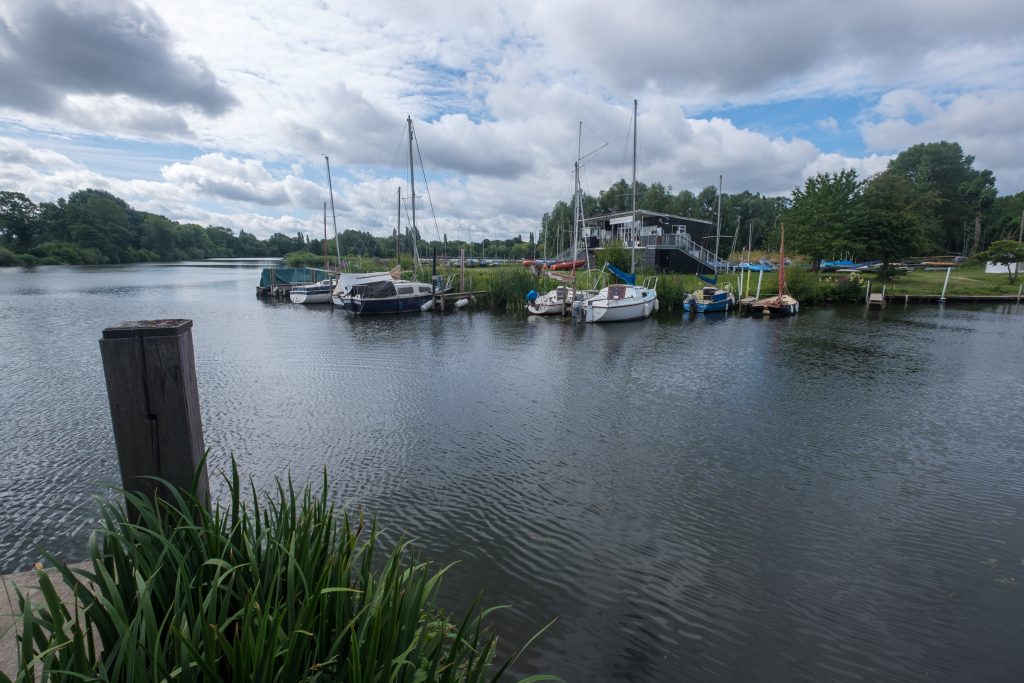
It also needs the kind of changes currently being proposed to the Highway Code, which prioritise the needs of the most vulnerable on our roads, pedestrians, then cyclists and then the various other categories of road users. You can contribute to the consultation on this until 11.59pm on 27th October 2020.
I don’t think cycling has a great deal to offer in combating obesity. Cycling is such an efficient process that it uses relatively little energy, and isn’t a very good way to lose weight. Jogging would be better though I find it far too boring.
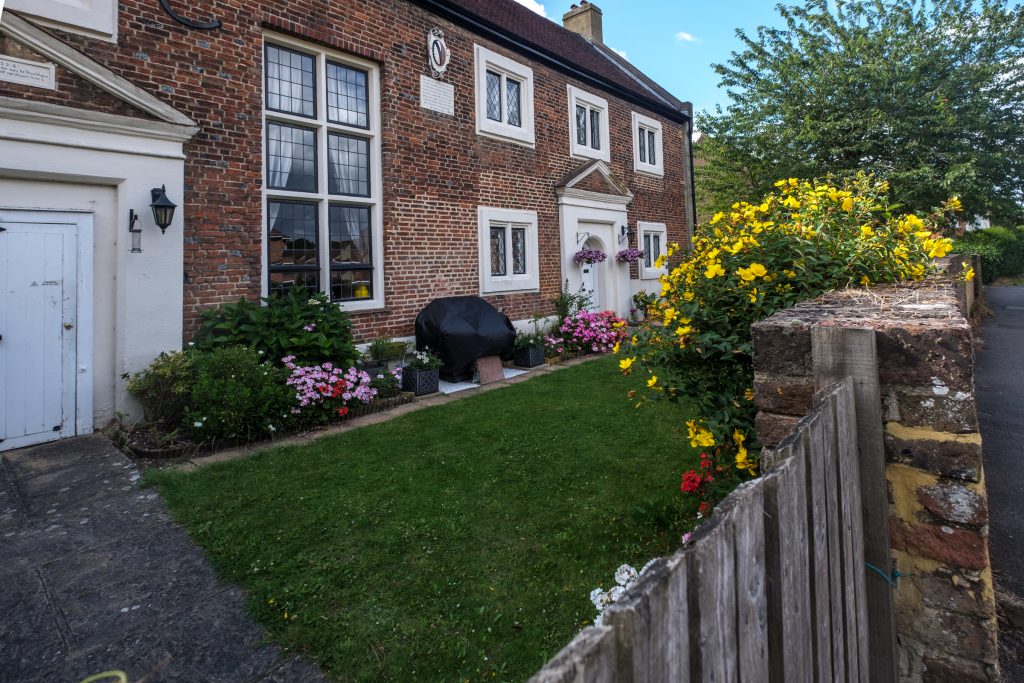
Obesity is now of course not to do with actually being obese but defined by the WHO for adults as having a BMI of 30 or greater. BMI is a useful but very crude measure, which only takes body mass and height into consideration.
I think I am as fit or fitter than my wife, but in terms of BMI I come out slightly overweight and she appears slightly underweight, a difference of around 9 or 10 in BMI. We eat more or less the same diet and roughly similar quantities. I think the difference in BMI is at least partly if not largely accounted for by the width of our frames. This is reflected in the width across the shoulders – mine being roughly 1.3 times wider., much greater than the 1.09 difference in our heights.
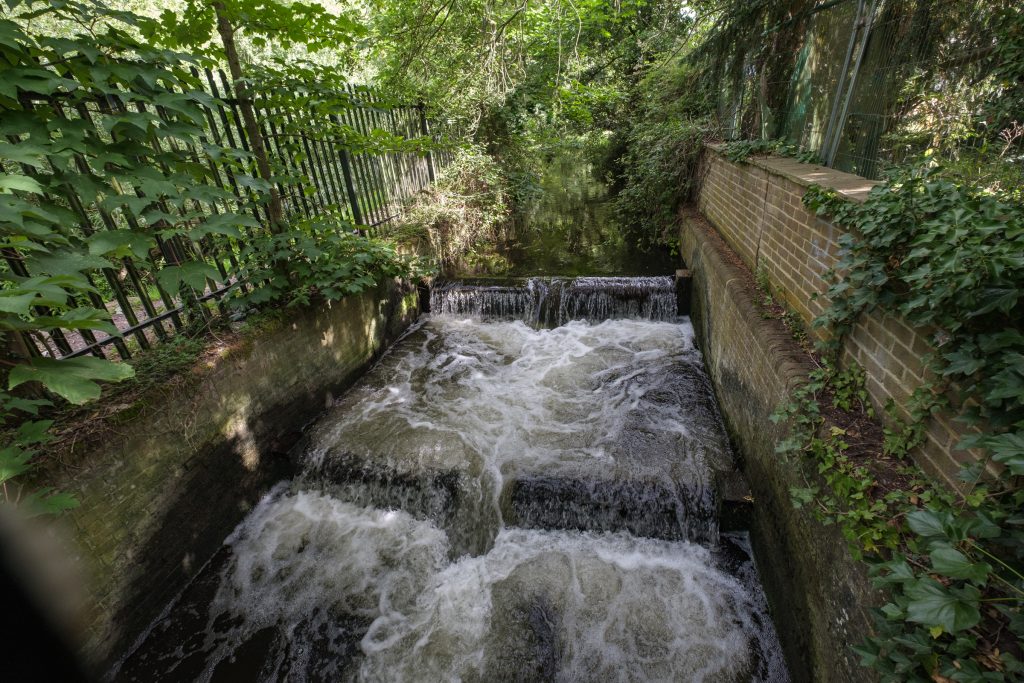
The BMI formula, BMI = weight(kg)/height(m)^2 seemed conceptually wrong to the Belgian scientist Quetelet, who first put it forward around 1840, as mass is essentially a three-dimensional property, and so we might expect it to correspond to the third power of height, but that doesn’t give sensible results. The square was adopted for fully grown adults and in order to give roughly acceptable results for the population as a whole, but Quetelet actually pointed out it should not be applied to individuals.
Seven years ago Professor L N Trefethen FRS, Professor of Numerical Analysis, University of Oxford, proposed a revised BMI to make a “better approximation to the actual sizes and shapes of healthy bodies” and it does cut down the difference between Linda and me slightly, bringing her just into the normal range. The differences it makes are rather small, but given the blind reliance we sometimes see on BMI important. Trefethen suggested using instead of the square the power 2.5 of height and points out that Quetelet had found that “during development the squares of the weight at different ages are as the fifth powers of the height” while suggesting the use of the square for fully grown adults. At the time it was certainly much easier to calculate a square, though now calculators and computers make fractional powers easy to use.
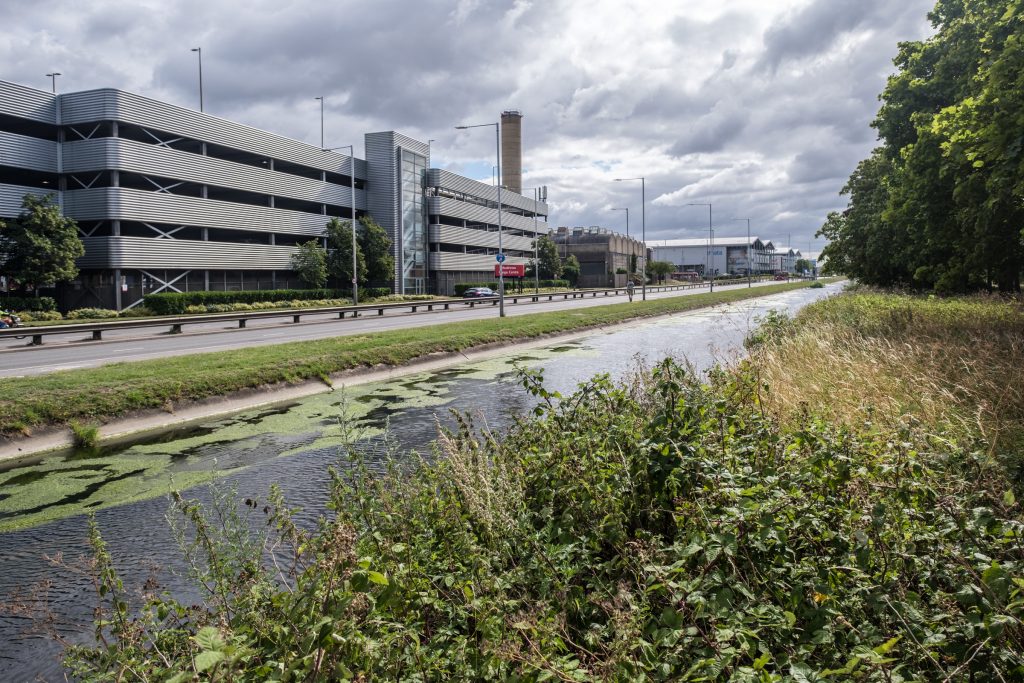
It probably doesn’t matter if we regard BMI as a very rough measure, but does when it comes to setting out charts and and applying them to individuals. If your BMI is 26, you may actually be normal, while if it is 25 you could be overweight whatever the chart says, but it would be too inconvenient to give, for example, a BMI of 26 +/- 3 which would probably be rather more accurate a reflection. It would be more useful for individuals if we could find a more sophisticated formula that gave a clearer indication.
There is of course another equally simplistic but probably more reliable measure that can be applied to individuals to determine obesity. It’s called a tape measure. If you are a man with a waist of over 40 inches (102cm) then you are almost certainly obese.
All photographs on this and my other sites, unless otherwise stated, are taken by and copyright of Peter Marshall, and are available for reproduction or can be bought as prints.
